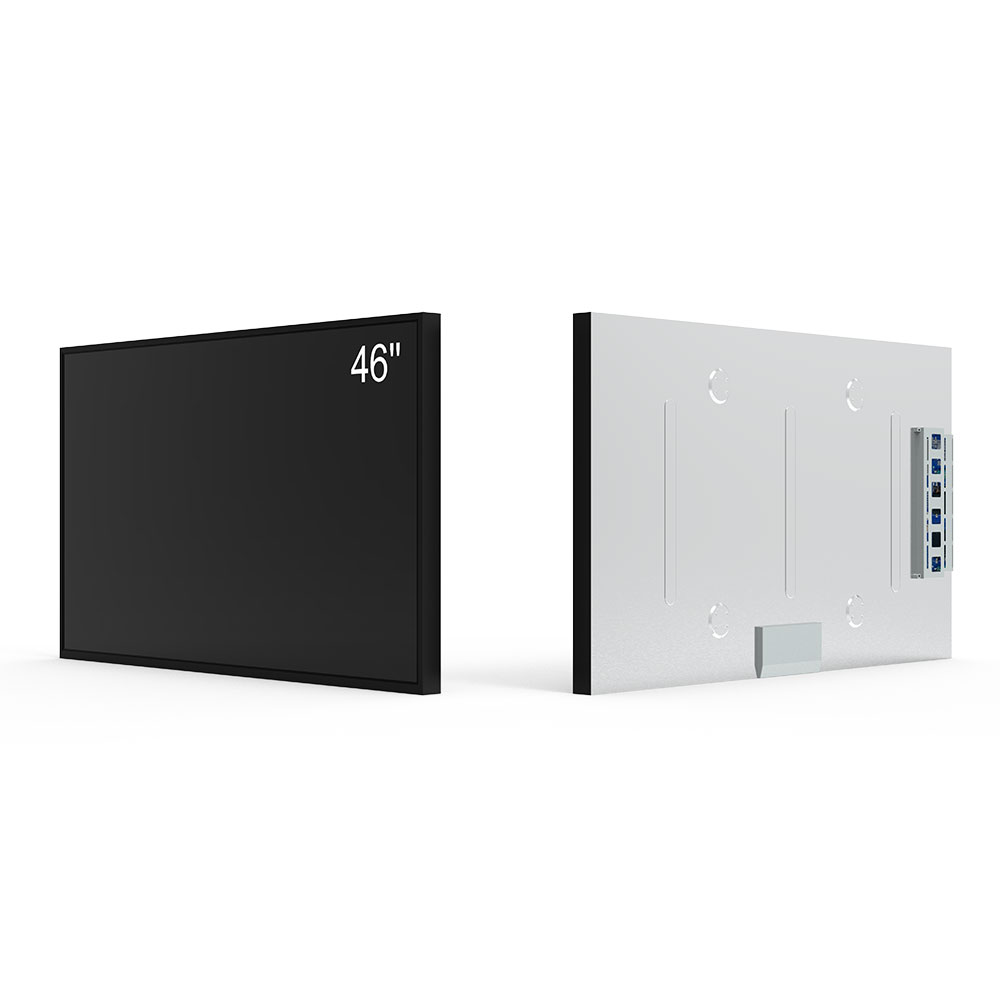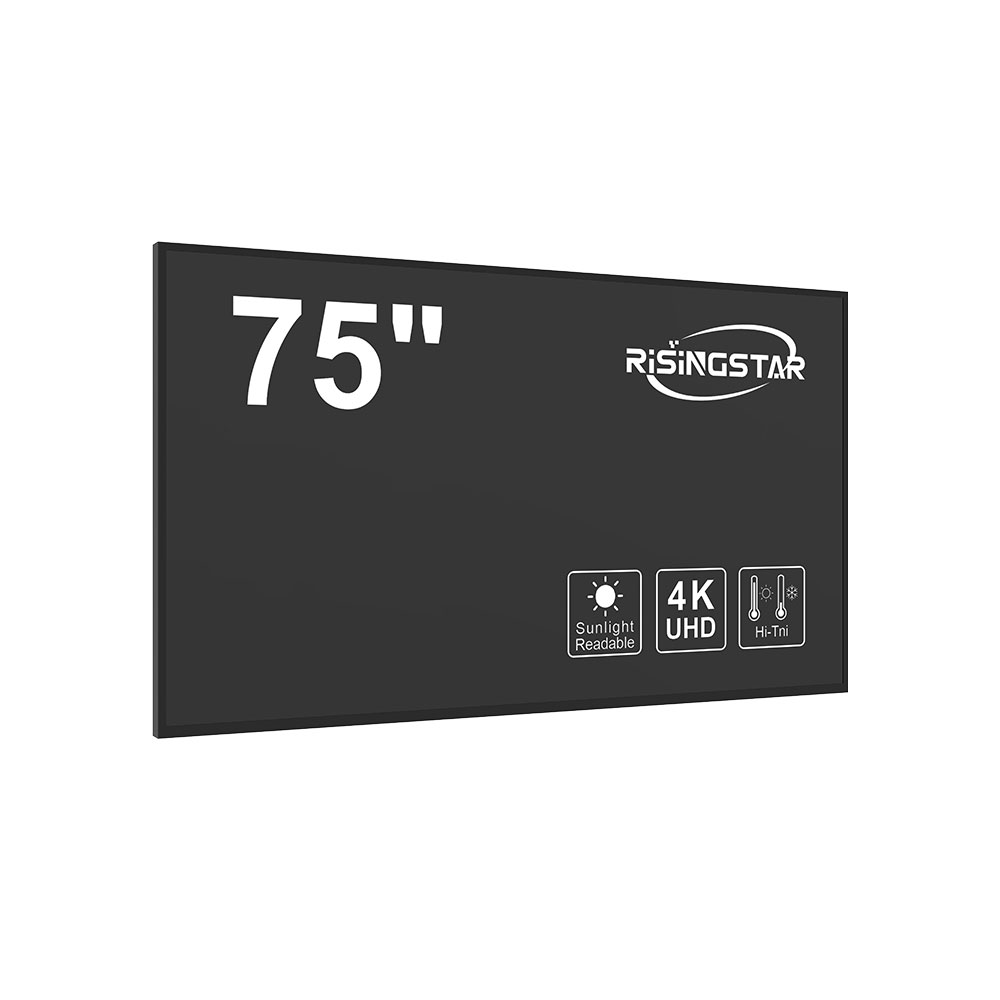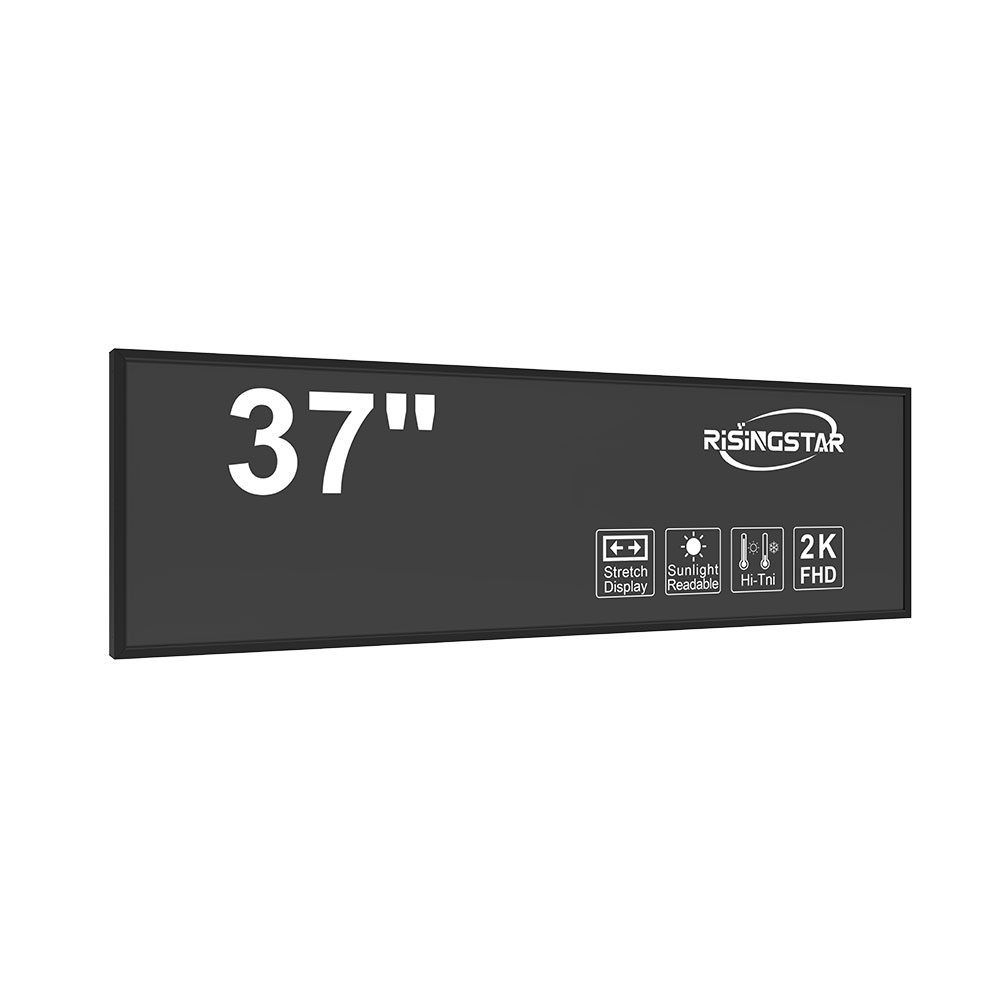- Home
- About Us
- Products
- News
- Video
- Contact
- Send Inquiry
Search
- Home
- About Us
- Products
- News
- Video
- Contact
- Send Inquiry

Outdoor LCD screens have become a critical component of modern urban infrastructure, offering dynamic visual communication across diverse environments such as retail spaces, transportation hubs, advertising billboards, and public information systems. These displays are engineered to operate reliably under extreme conditions—high temperatures, direct sunlight, humidity, and dust—while maintaining high brightness levels (typically 5,000 to 10,000 nits) to ensure visibility even in full daylight. The technology behind outdoor LCDs includes advanced LED backlighting, anti-glare coatings, sealed enclosures for IP65 or higher ingress protection, and thermal management systems that prevent overheating.
Manufacturers like LG, Samsung, Sharp, and Sony produce industrial-grade outdoor LCD panels used in global applications. For example, the London Underground’s digital signage system relies on ruggedized outdoor LCDs to provide real-time service updates, while Times Square’s massive video walls use high-brightness OLED-LCD hybrids to attract attention in crowded cityscapes. According to a 2023 report by MarketsandMarkets, the global outdoor digital signage market is projected to reach $47.3 billion by 2028, growing at a CAGR of 9.4%, driven by demand for interactive and energy-efficient display solutions.
Key technological innovations include local dimming zones for improved contrast, wide viewing angles (up to 178°), and adaptive brightness control that adjusts based on ambient light sensors. These features enhance both energy efficiency and user experience. Moreover, the integration of IoT connectivity allows remote monitoring, software updates, and content scheduling via cloud platforms—an essential feature for large-scale deployments such as smart city projects in Singapore or Barcelona.

Case studies from cities like Tokyo and New York demonstrate how outdoor LCDs support emergency alerts during natural disasters, deliver multilingual public announcements, and reduce operational costs through automation. In addition, advancements in power-efficient technologies—such as mini-LED backlights and low-power consumption panels—are helping cities meet sustainability goals without compromising performance.

From an engineering perspective, outdoor LCDs must adhere to standards like IEC 60068 (environmental testing), EN 60950 (safety), and MIL-STD-810G (military-grade durability). Manufacturers also employ predictive maintenance algorithms and modular designs for easier servicing, reducing downtime and total cost of ownership. As cities continue to digitize public spaces, outdoor LCD technology will remain pivotal—not just as a display medium but as a foundational element of connected, responsive urban ecosystems.
